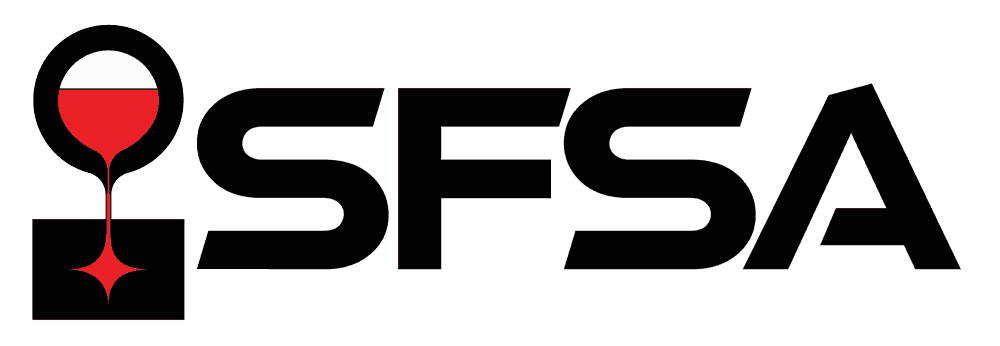Structural Geometry for castings in general, and certainly structural steel castings, must be overlaid on the foundation of Castability Geometry. Castability Geometry, its necessity and its principles, was defined in Webinars 3, 4, 5, and 6 of this series. If Structural Geometry is built without Castability Geometry or if it is overlaid on Castability Geometry without specific engineering mechanics principles, solidification integrity will be damaged. Insufficient solidification integrity cannot sustain a steel casting’s specified mechanical properties.
In the first of 3 Segments, the engineering mechanics of structure is defined in a way that sustains solidification integrity from Castability Geometry and supports the load case efficiently.
In the second Segment, fracture mechanics is used to determine how much von Mises stress can be allowed in the design to sustain the casting’s intended cyclic life. Fracture Toughness, as a facet of fracture mechanics, uniquely enables the complexity of potential Quality Details at the surface or near surface of critical load case steel casting cross-sections to be simplified. Finding allowable von Mises stress data for all the complexities of load cases and Quality Details is almost impossible for castings… and more so for steel castings. Fracture Toughness can transcend that near impossibility.
The third Segment is an epilogue for viewers interested in why Fracture Toughness is so powerful in steel casting design. The epilogue bores into the details of how Fracture Toughness is measured, and how a specific value of Fracture Toughness, K1C is measured and defined as a material property for a wide variety of steel casting alloys.
